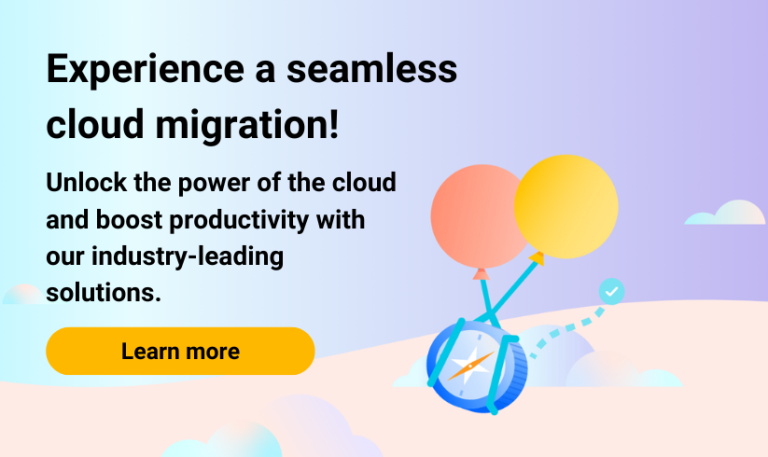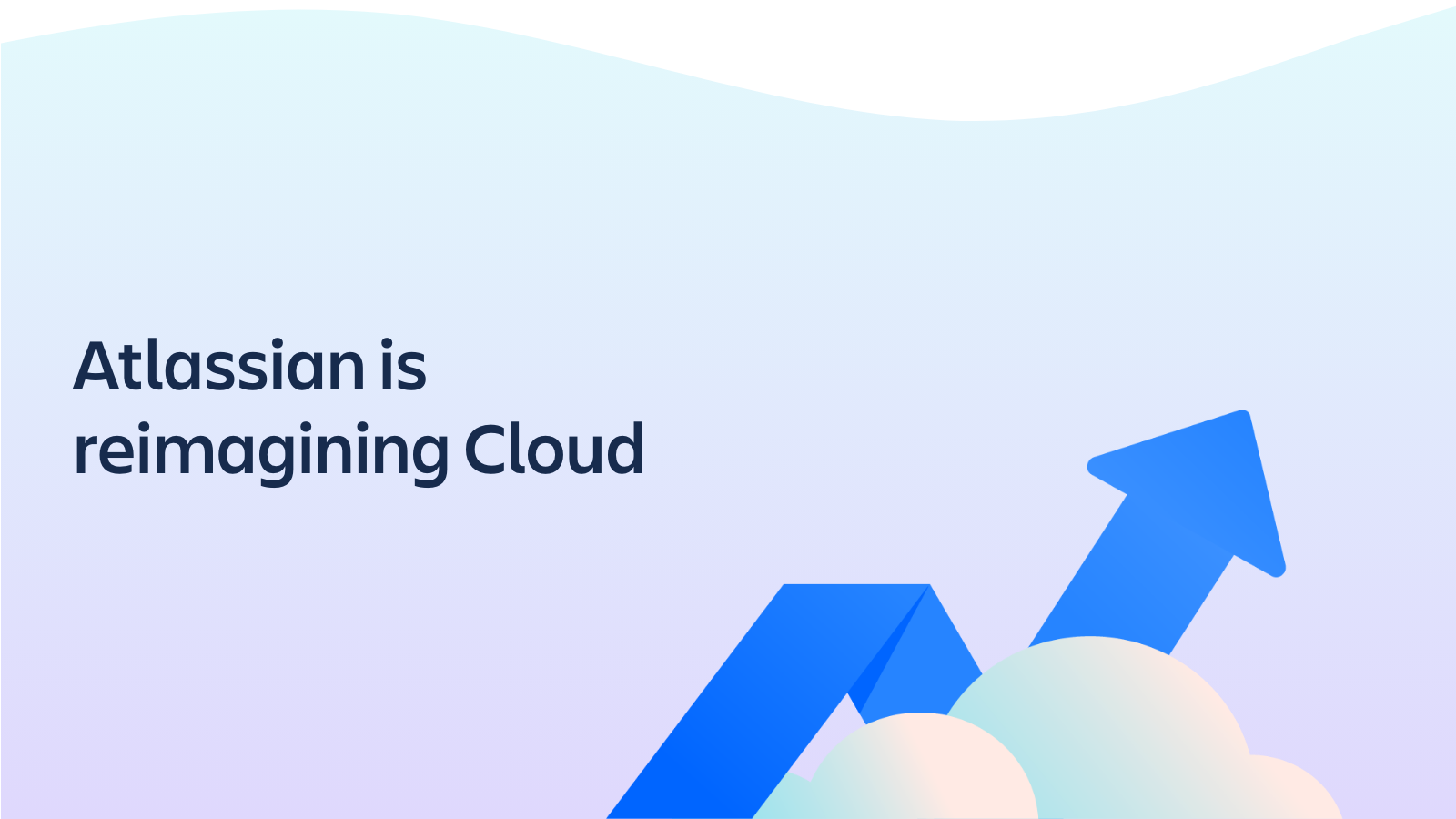For Atlassian customers, moving to the Cloud platform comes with a deadline as the server-based product approaches its end-of-service date in February 2024. But it can be an overwhelming change, and we understand that you may not have the time or expertise in-house to ensure your migration happens quickly and smoothly.
That’s where DI can help.
Assessment > Planning > Preparation > Testing > Migration > Launch
Assessment
Together, we’ll look at your requirements, now and in the future, and analyse your apps and integrations. At this point, we can advise whether you’re eligible for a Cloud migration trial.
We’ll ask questions such as:
- What are your goals with the move, and what do you want to accomplish in the long term?
- What’s your timeline? Is some data ready to move now vs. later?
- What’s your budget?
- How much time can you and your team dedicate to migration? Who will be involved?
- What products are you looking to migrate, and what’s your company size?
- What are your security, legal, compliance, and privacy requirements?
We’ll also audit your current tech stack to identify what Atlassian products you need and what integrations you may want. We’ll ask:
- What are your team’s Marketplace app must-haves?
- Which apps are self-managed, and which (if any) are already on the cloud?
- How many employees are using each product, and for what purpose?
- How often are they being used?
- Are there any instances you aren’t using that can be removed?
- What version of Atlassian products are you running?
- What customisations have you built? What custom fields do you have in your instances?
- Are the double-ups e.g., multiple apps serving the same purpose?
- Are multiple apps serving the same purpose?
- Have any licenses expired? Can they be bundled more cost-effectively?
Then we’ll take a look at the size and complexity of your data to identify:
- The size of your data and the number of users
- Whether your current apps are available in the cloud, if there are alternatives or if they have migration pathways
- What customisation you have e.g., custom fields, non-Atlassian integrations, custom apps, and unusual data shapes
- How many products you have – the more products the more complex and lengthier the migration will be
- Whether consolidation of multiple sites is necessary
- How many active, inactive and anonymous users you have and who needs to be migrated across
Plan
We’ll assemble a project team and decide on a strategy, whether that’s:
- A straight ‘lift and shift’ of your existing instances
- Undertaking some optimisation followed by the migration
- Developing a new Atlassian strategy and starting fresh
At this point, we’ll set up your organisation using either using a Cloud migration trial or by purchasing a new Cloud site and verify your domain name. At this stage it’s important that we:
- Set clear roles and responsibilities for our team, and yours, together with a clear timeline
- Communicate with all users clearly and constantly that migration is being planned, approximate dates, why the migration is occurring and what support they’ll receive
Preparation
This phase includes communication with your team and preparing your environments and data for the move.
We recommend downloading Atlassian’s migration toolkit to help you in this stage. It’s also time to begin your robust change management plan.
Testing
We’ll work with you to do a trial run of the migration into your new environment (using your Cloud migration trial if applicable) to ensure the transfer of data and workflows is complete.
Atlassian offers a testing guide so you can familiarise yourself with the steps.
Migration
This is the big day where last-minute issues are resolved, the product migration is run and users and data are moved to the Cloud.
Well in advance of this day, communicate the following information to your users:
- When the migration will occur
- What downtime users can expect and when (if a phased approach is being used)
- Not to change any data or apps during the transition
Launch
Once we give you the go-ahead you can et your team know that the migration is complete and offer support as they adapt to the new environment.
We suggest you communicate the following information via email and intranet (where possible) to help your users get up and running on the new Cloud site.
- What will the new URL(s) be so they can bookmark them
- Directions on how to log in
- What they’ll need to reset (for example, avatars or, if you’re not using SSO, users will need to reset passwords)
- Any changes to apps or functionality
- What training will be provided, when and how
- Who to contact for help
- What will happen to the old site after migrating
- What onboarding material can they read or watch to get familiar with Atlassian Cloud
Don’t forget to take time to celebrate at this stage – you’ve taken a significant step!
DI: A winning combination of proven processes & expertise
Accredited Atlassian Experts
Design Industries (DI) is an Atlassian Platinum Solution Partner, and together with Atlassian and an ecosystem of over 20 world-class software partners, we assist you to maximise the wide-ranging benefits of the Atlassian team productivity suite. Our team works across the entire Atlassian platform and has extensive experience in digital information management, project and portfolio management, IT asset management, and sales and marketing processes.
An organisation-wide strategy
The most efficient organisations in the world have seamlessly connected, well-crafted processes in place, backed by open communication and teamwork. We look at the Atlassian tools you are using together with the processes that connect each part of your organisation and migrate them to a Cloud platform in a way that reduces friction and increases efficiency.
A support team, not just an IT consultancy
Think of us as your own high-performance support team who’s invested in your success – the kind who work with Formula 1 race cars. As the driver, you know your challenges better than anyone – that’s why we take your feedback to migrate your system and set you up to meet your goals.
Your Atlassian Cloud migration FAQs
When should we migrate to Cloud?
As per the advice in our article, we recommend starting as soon as possible so that the migration can be planned and executed with plenty of time to spare to allow for optimising your current set-up and resolving any issues that arise. A longer, more thorough planning period can also help keep costs under control.
What value will we get by migrating to Atlassian Cloud?
Cloud products offer enhanced security and reliability, innovative new features, and simplified administration. You’ll also benefit from lower maintenance costs, greater flexibility for remote working, and instant and frequent product updates.
For smaller businesses with up to 100 users with limited IT expertise or support, the value of migrating to Cloud is even greater: subscription-based cloud platforms mean that you are buying hosting infrastructure at a bulk rate and don’t have to worry about performing platform or application maintenance like upgrades. This is certainly a better option for smaller organisations of up to 100 users who may have limited, or no, in-house IT expertise.
How long should it take?
This all depends on the size and complexity of your Atlassian environment, your goals for migration and whether you want to optimise your toolkit as part of the process. For very small organisations with little complexity we can work within a few weeks, however large organisations with multiple instances and a high level of complexity should allow six to nine months.






